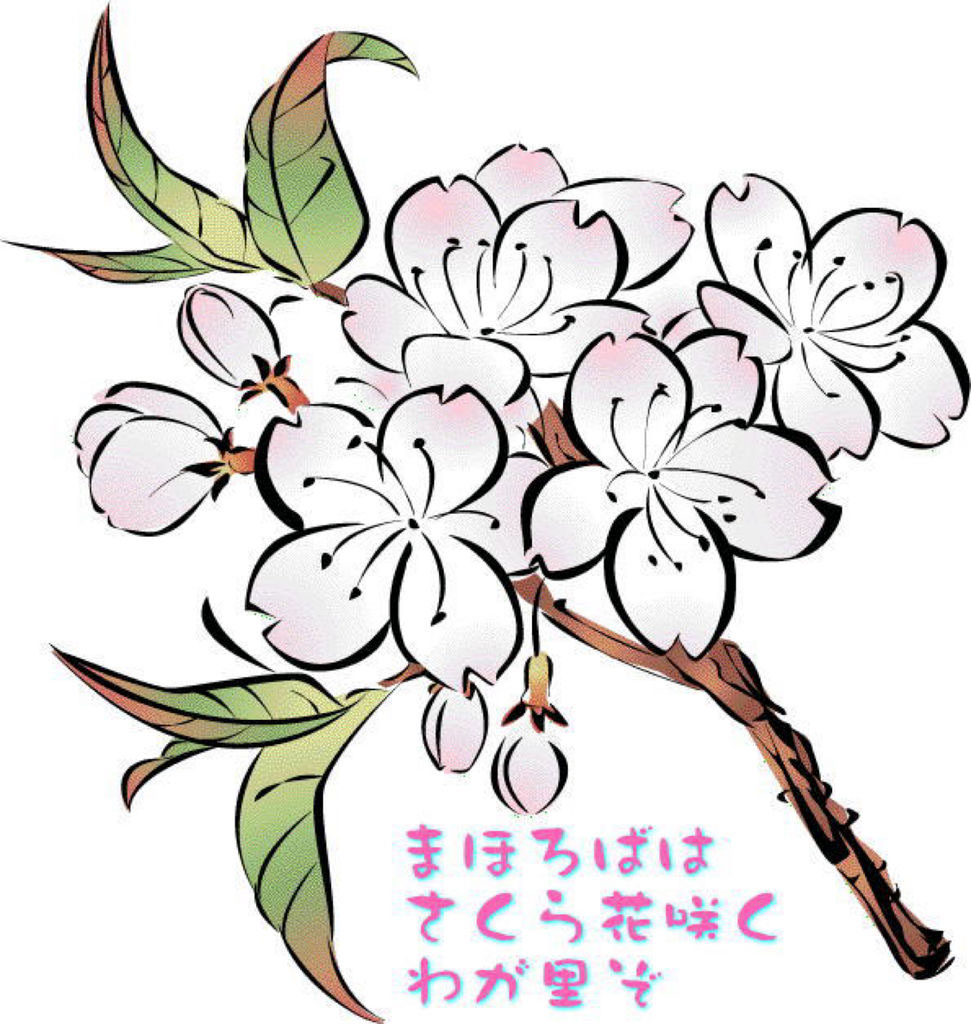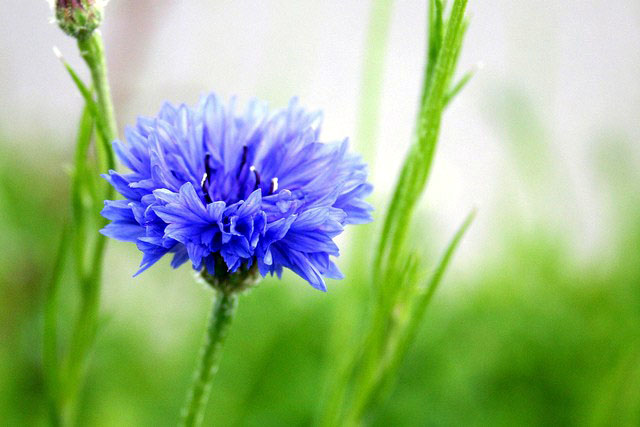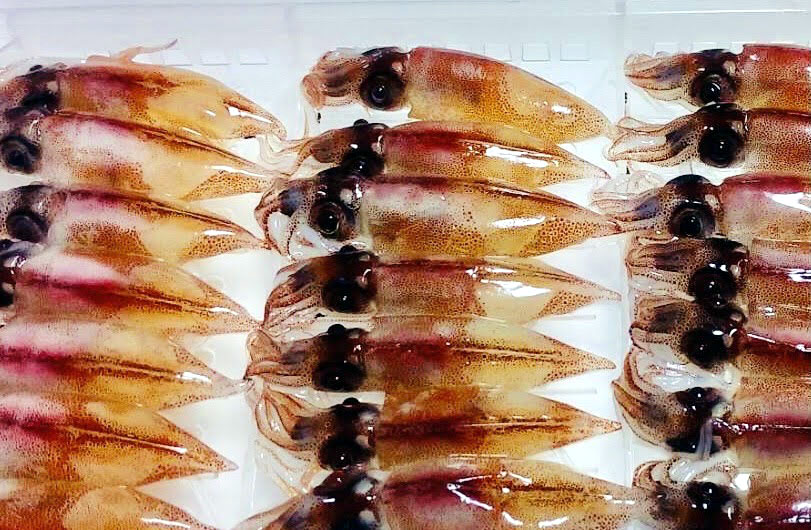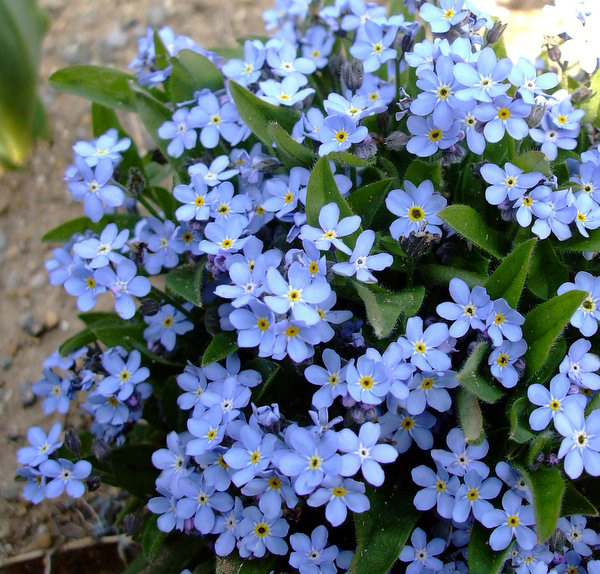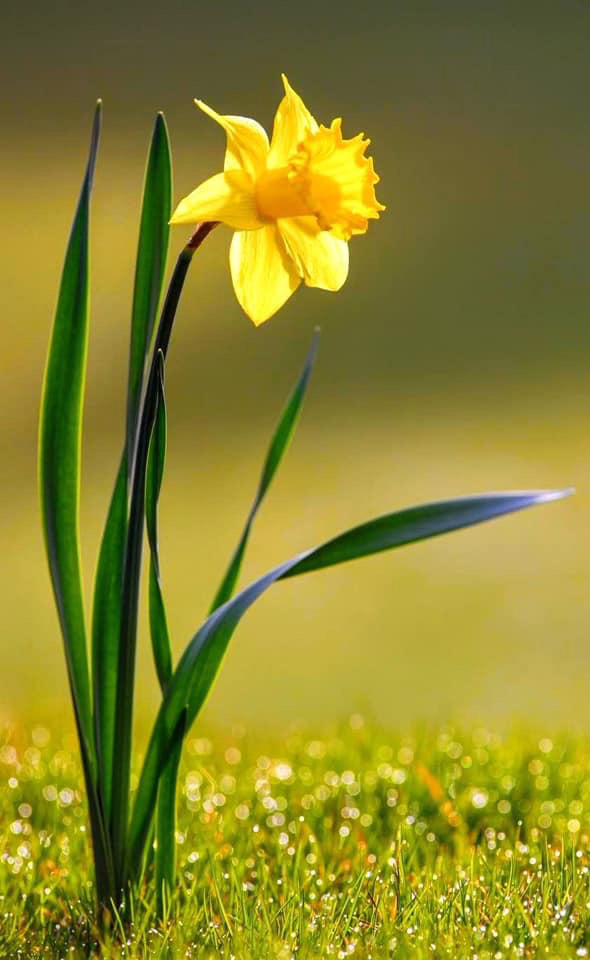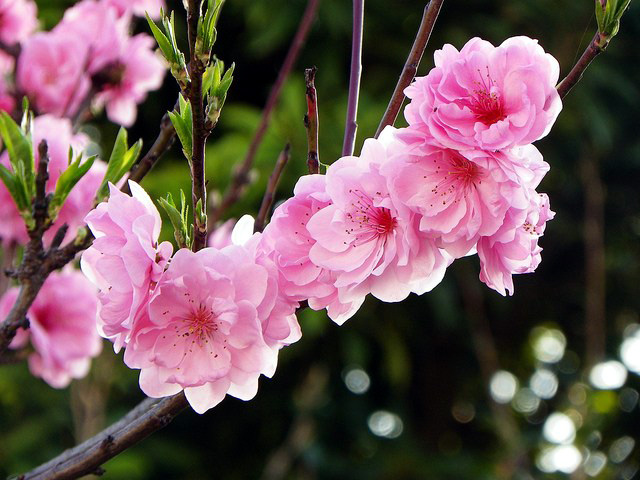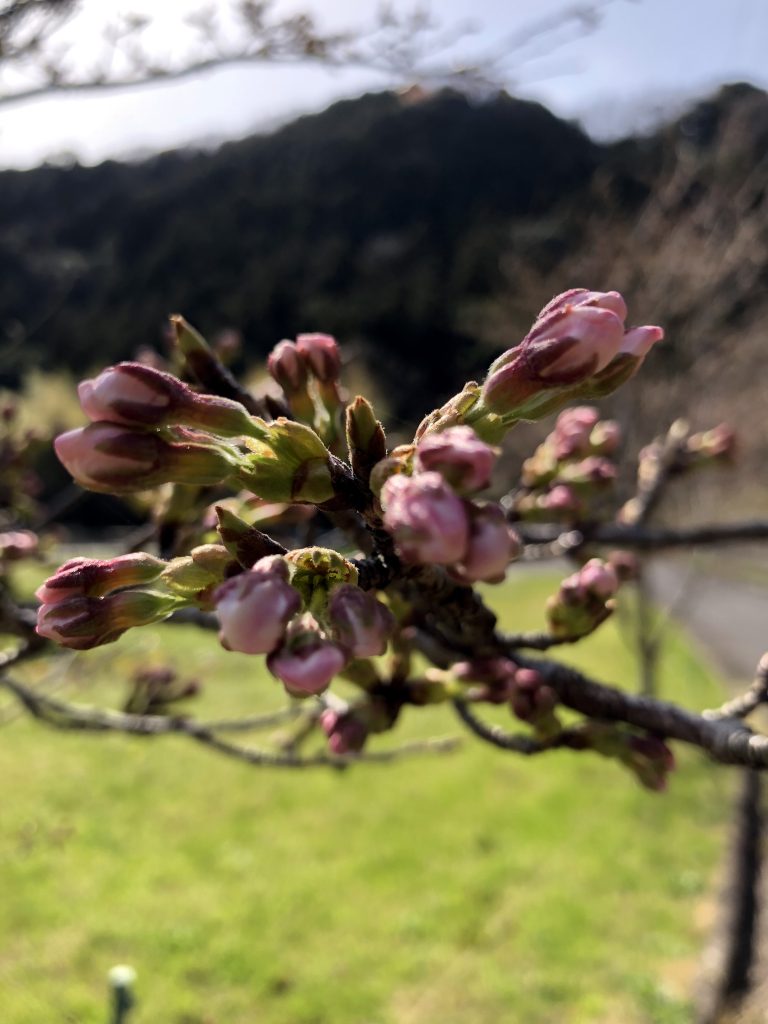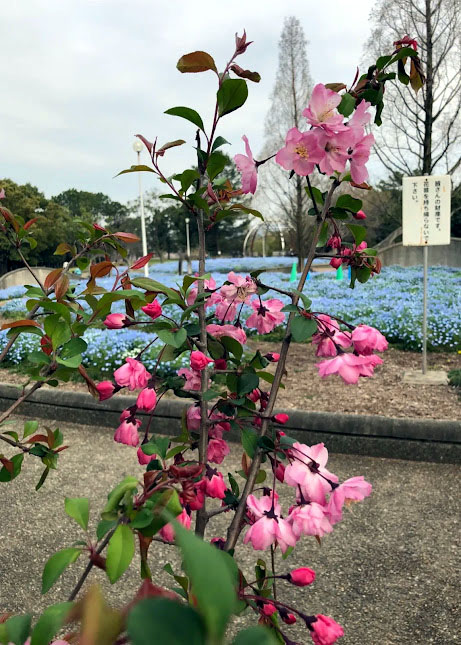
The enchanting figure of Yang Guifei, dozing lightly in a tipsy state, was described by Emperor Xuanzong as ‘still not enough sleep of Hana-kaido.’ This is said to be the origin of the flower language ‘beauty sleep’ associated with Hana-kaido. The buds, hanging red, unfurl into pink blooms, making Hana-kaido a symbol of beauty since ancient times. In Japan, it is known to begin blooming just as the Somei Yoshino cherry blossoms reach full bloom and start to fall. Among the same family, almond blossoms first, followed by Somei Yoshino, and then Hana-kaido, but this year, due to the delayed cherry blossom season, Hana-kaido bloomed concurrently with Somei Yoshino. However, unlike cherry blossoms, Hana-kaido are characterized by a long flowering period of over a month. In Japan, before Hana-kaido, there were Mi-kaido. Mi-kaido bear fruits about 2 centimeters in diameter, which become edible when ripe and were also called Nagasaki apples. Subsequently, Hana-kaido mainly for ornamental purposes were introduced during the Edo period. While small red fruits resembling apples may develop after flowering, they are not edible.
ほろ酔いでうとうとしている妖艶な楊貴妃の姿を、玄宗皇帝が「海棠の眠り未だ足りず」と称したことから「美人の眠り」という花言葉がハナカイドウについたとされています。蕾は赤くうな垂れて、花開くとピンク色になるハナカイドウは昔から美人の代名詞として使われるほどです。日本では、ソメイヨシノの花が満開になり散り始める頃、後を追うように咲き始めることで知られています。同じ仲間では、まずアーモンドの花が咲き、続いてソメイヨシノ、そのあとハナカイドウという順ですが、今年は桜の開花が例年より遅く、ソメイヨシノと平行する形で花開いた様です。ただ、桜と違ってハナカイドウは一ヶ月以上も咲き続ける花期の長いのが特徴です。日本にはハナカイドウより先にミカイドウが入ってきました。ミカイドウは実が直径2センチ大で、黄熟すると食用となり、別名をナガサキリンゴとも言われました。そのあともっぱら観賞用のハナカイドウが江戸時代に入ってきました。花が咲いた後、林檎に似た小さな赤い実ができることはありますが食用にはなりません。

